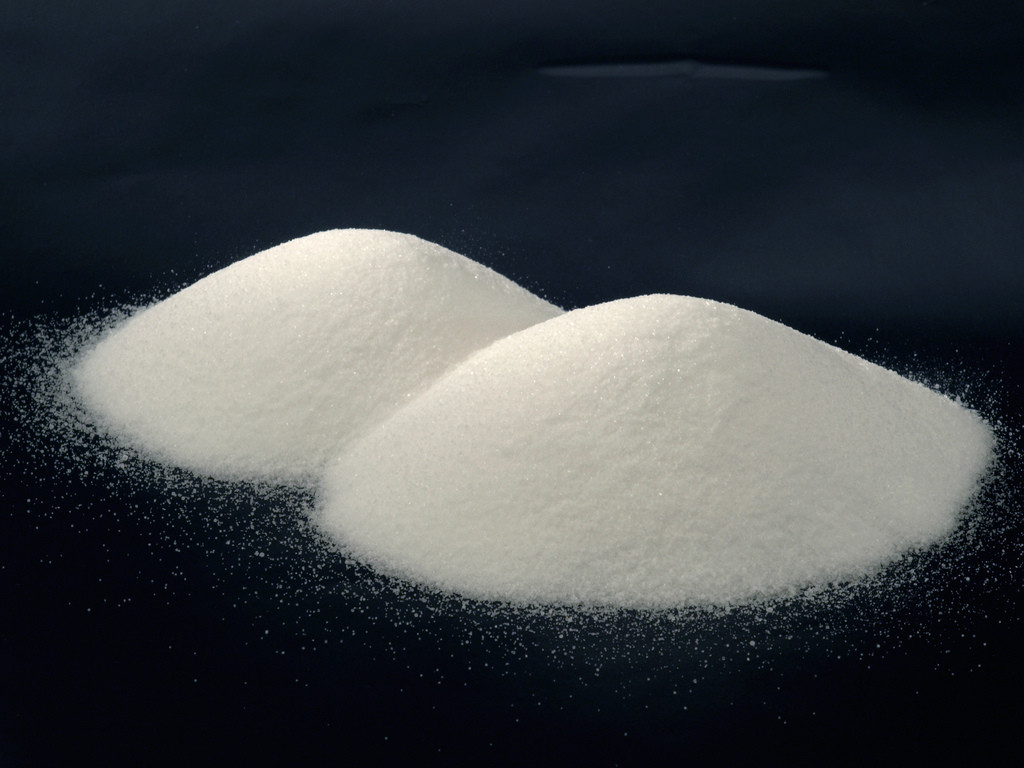
Today, thousands of personal care products – such as facial scrubs, body washes, and toothpastes – are known to contain minuscule balls of plastic called microbeads. When we shower or brush our teeth, these microbeads are washed down the drain and travel undetected through wastewater treatment plants. When they reach their final destination — our lakes, rivers and oceans — they mix with other sources of microplastics, including industrial waste and degraded plastic litter.
These tiny plastic bits accumulate in the stomachs of aquatic creatures, including fish and shellfish, and percolate up the food chain to us through seafood. Microplastics are often made from compounds known to cause birth defects and cancer.
And now scientists say we could be ingesting microplastics from something else we consume from the ocean: sea salt.
Reporting in the journal Environmental Science & Technology, researchers tested 15 different brands of sea salts, lake salts, and rock and well salts from underground deposits purchased at supermarkets in China. The sea salts contained the most microplastics, with 550-681 particles per kilogram. Rock and well salts had the lowest amount of plastic contamination.
If adults consumed sea salt at the recommended nutritional level, they could ingest approximately 1,000 microplastic particles annually. To keep this in perspective, many Europeans consume 11 thousand of these particles each year by eating contaminated fish and shellfish.
Several states have passed legislation banning microbeads, but none of it takes effect until 2018 at the earliest. Until then, concerned consumers can use a free app – Beat the Microbead – to ensure they are buying microbead-free products. It’s up to us to make a difference.
**********
Web Links
Commercial sea salt samples purchased in China contaminated with microplastics
Photo, posted August 6, 2009, courtesy of Dubravko Soric via Flickr.
Earth Wise is a production of WAMC Northeast Public Radio.